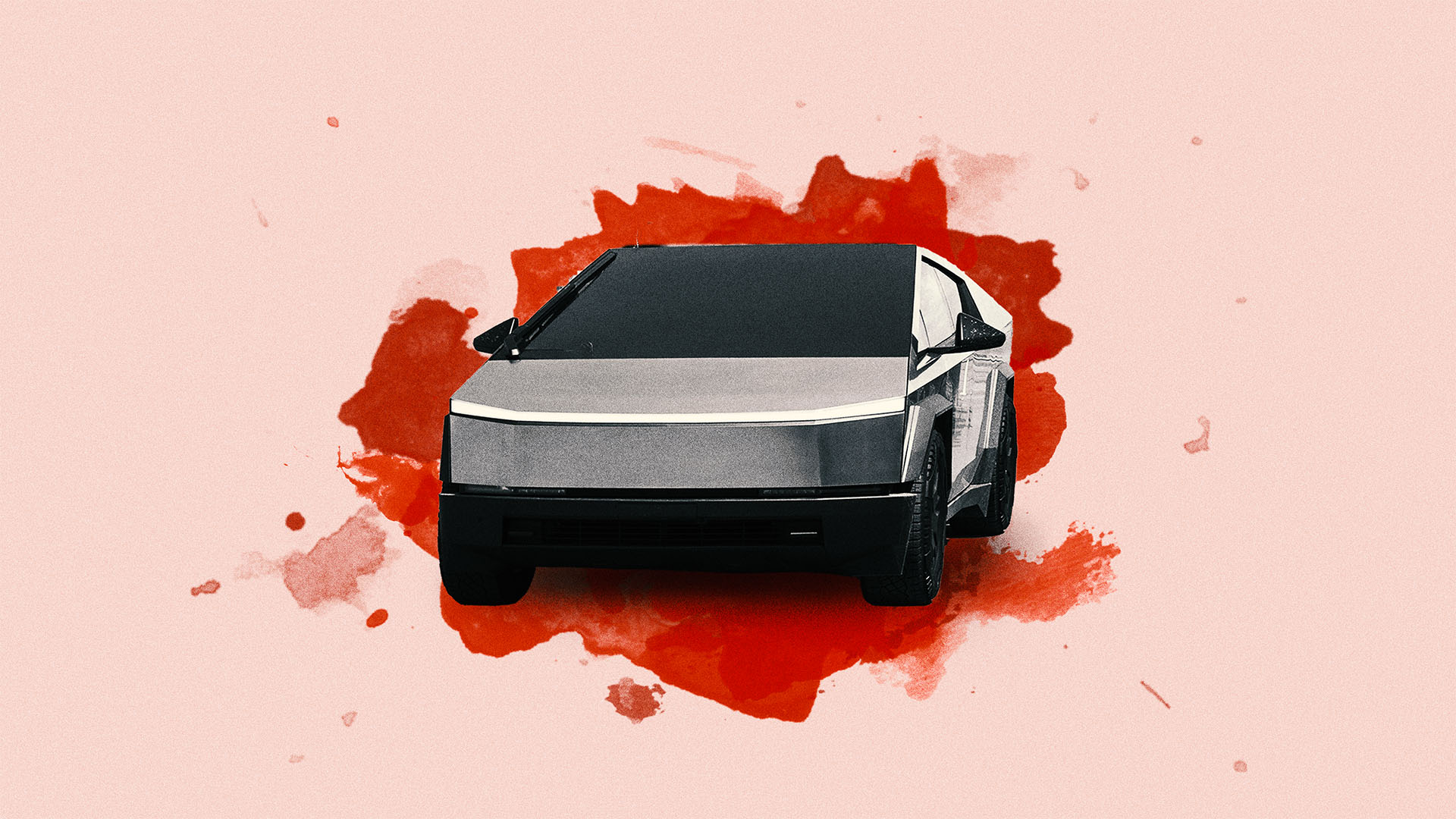Not being a car person, I’d never heard of a Cybertruck until January when an active duty special forces soldier rented one in Colorado, drove it to Las Vegas and contrived to have it explode outside the Trump Hotel. I took notice of the brand only because that seemed to be of as much interest to social media as the man’s act of self-destruction or its location. Then I forgot about it again.
Top Gear was one of the most popular series the BBC ever made, but I never managed to get to the end of an episode. Cars, golf and skiing – three things that delight not me, but chacun a son gout.
The next time this vehicle BBC-flashed across my awareness was when one was confiscated in Manchester by the police. On X some American folk online on hearing the news, blamed British prejudice against Elon Musk (the Cybertruck is a Tesla product) for this prohibition. Just showed what a woke shower we are.
Naturally this claim was mistaken – the banal truth is that the vehicle fails in multiple ways to meet UK safety standards. And there’s the thing of it, because over in the US the Cybertruck has sailed – no, ploughed – through its safety tests. The National Highway Traffic Safety Administration (NHTSA) has given the Cybertruck a five-star rating. Driven into a brick wall at 35 mph – designed to simulate a head-on collision with a similar sized vehicle – the Cybertruck’s driver’s position rated five stars and the front passenger’s four stars.
Likewise it was terrific if hit side on and very good at resisting a “roll-over”. Essentially if you were driving or a passenger in a Cybertruck you’d have every reason to feel very safe. Practically invulnerable, in fact.
So why aren’t the British authorities allowing you to rush down to the dealer and fork out £140k for this mobile strongbox? One problem is that it is so heavy at over 3000 kilos unloaded – roughly double the weight of a large family saloon – that nearly 70% of UK drivers are not licensed to drive it. Carrying an average load the Cybertruck is just too big to be safely evaluated in a third of the UK’s Individual Vehicle Approval (IVA) centres.
But that’s just where the problems begin. Even dim-witted car-avoiders like me will have noticed how today’s vehicles all have rounded edges and lots of softish bumpers. I had imagined that this was fashion but actually it has to do with safety. Blunt edges cause less trauma and damage to the objects and people that may be hit by the vehicle. So EU directives – followed in the UK – stipulate a “rounding” of 3.2 millimetres on all protruding parts.
Now look at the Cybertruck. What are imagined to be its futuristic straight lines and clean sharp, stainless-steel edges would be pretty deadly for any pedestrian coming into contact with them. And it can’t be modified for European markets because, according to the experts, you simply can’t get that rounding on a 1.4-millimetre sheet of stainless steel. I’ll take their word for it.
And at this point we are closing in on the metaphor. In the US something is ultra-safe if it protects those inside the vehicle, regardless of what would happen to those outside in the event of an accident. In effete, over-regulated Europe it also matters what your car could do to other people.
Early in the life of the Cybertruck, Tesla released a video of Elon Musk presenting the results of the safety tests to an admiring audience. At one point he tells them, “because the centre of gravity is so low it doesn’t roll over” – they whoop – “And if you are ever in an argument with another car, you will win.” They laugh. Ho bloody ho.










